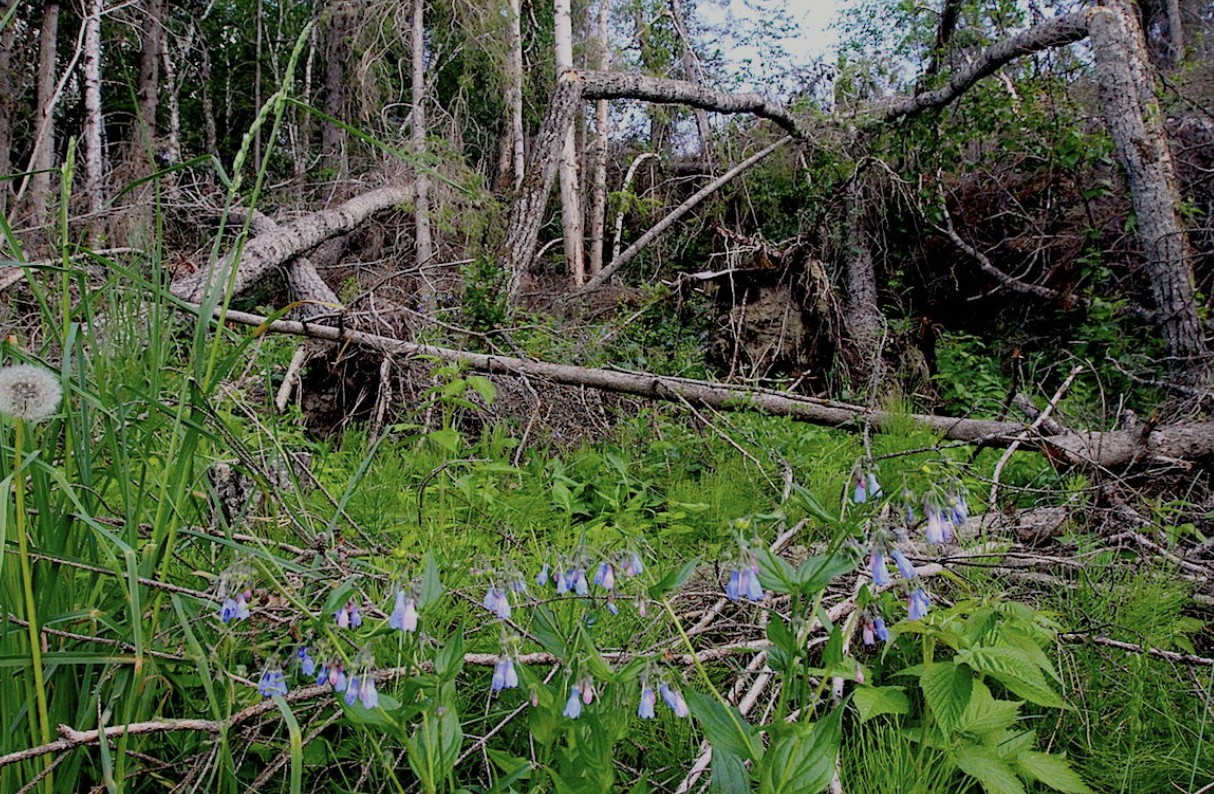There is loss and grief in a natural disaster, but is there more?
The Hand of a Giant
Our grandkids make an annual trip to a Bird Sanctuary on the Gaetz Lakes in Red Deer, Alberta.
They love adventuring on the five kms of walking trails on 188 hectares set aside as a home for plants, mammals, birds, and other wildlife. The bird blind and viewing decks are always a hit.
This summer we noticed a plaque in an area new to us. The forest floor was covered with a multitude of felled trees. The info on the plaque served as a memorial to a disaster that took the lives of over 1,800 trees in 2017. A freak storm with winds up to 110 km/h changed the Sanctuary.
Todd Nivens, the executive director of the Waskasoo Environmental Education Society said “It looked like the hand of a giant had wiped the landscape clean.”
Disasters
There was a question on the plaque. “This was a sad event but was it all bad?”
Kathryn Huedepohl, Program Lead with the Nature Centre, answers that question with a “No.”
Even though the area is known to bring tears to the eyes of some young hikers when they hear the story, she reminds them that every “natural disaster” isn’t a disaster. The experience gives them a better overall picture “where they can see this is a natural process and actually a good thing.”
Balance
Natural disasters are the earth’s way of restoring balance. They play a crucial role in maintaining the equilibrium of the planet.
These events, although devastating, serve as a necessary mechanism for the earth to regulate itself. Hard to believe? Earthquakes, volcanic eruptions, hurricanes, forest fires, floods, tsunamis, landslides, droughts, tornadoes, and avalanches all have a way of giving back.
What do you think? What have you observed? Please join the conversation and leave a comment below.
Hope grows here. We share stories that inspire people, build faith, and offer lasting purpose.
We’d love to have you Subscribe to REVwords. We’ll put helpful content into your inbox Mondays and Fridays.







